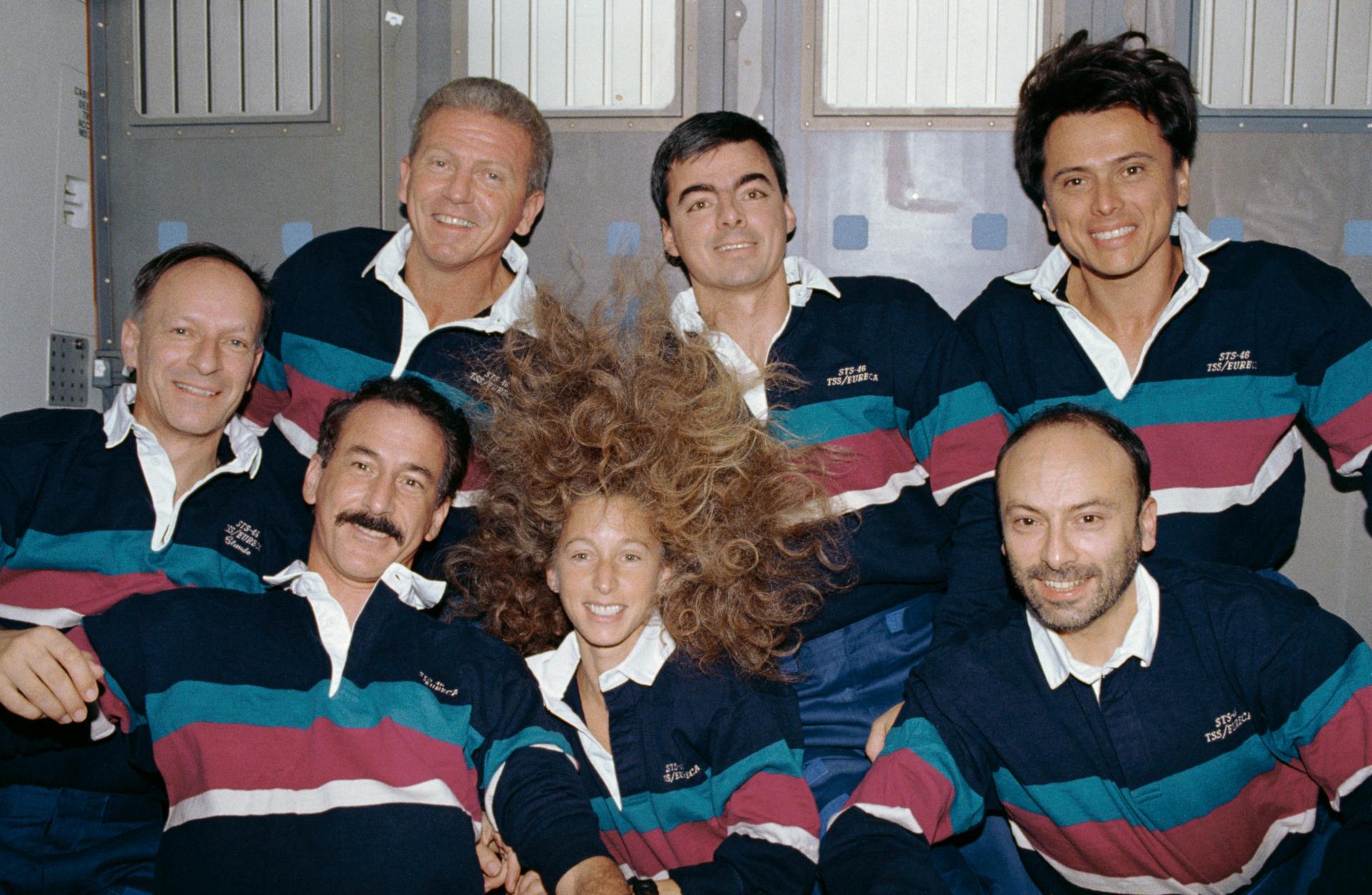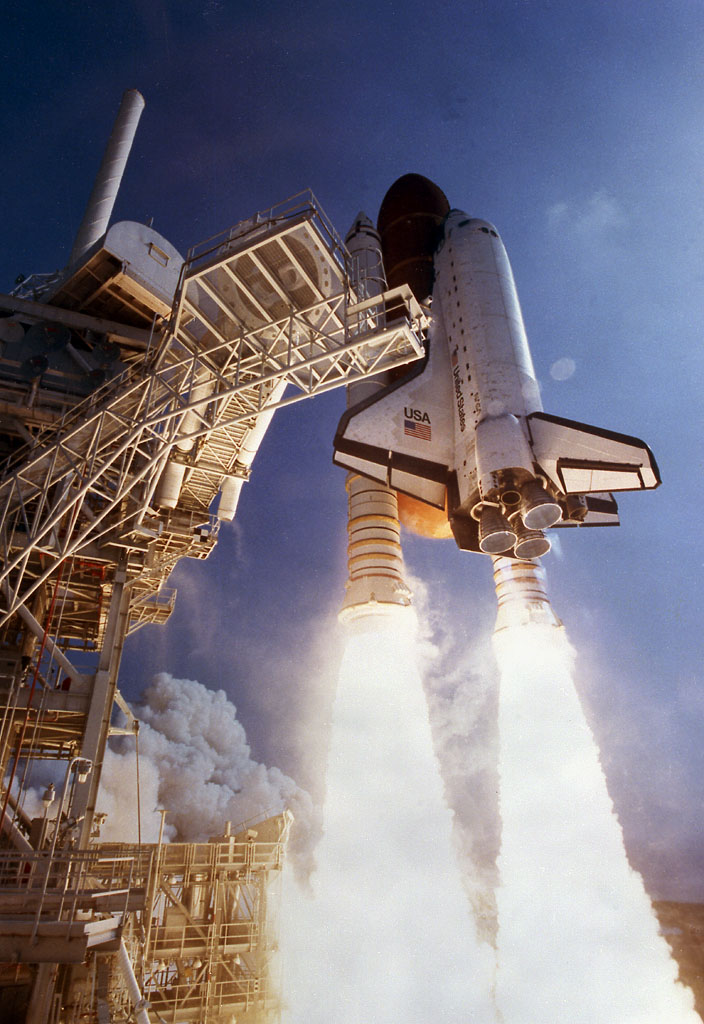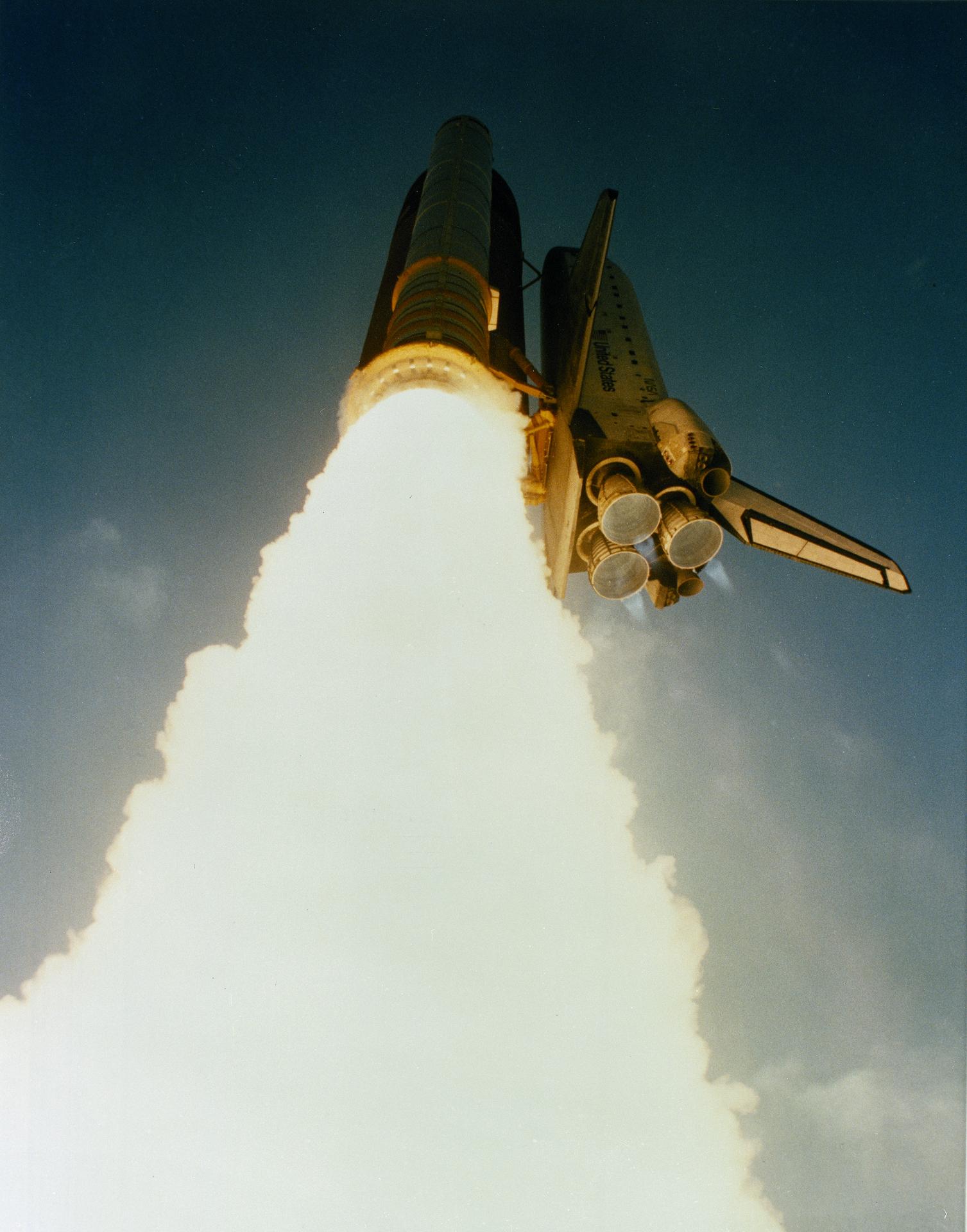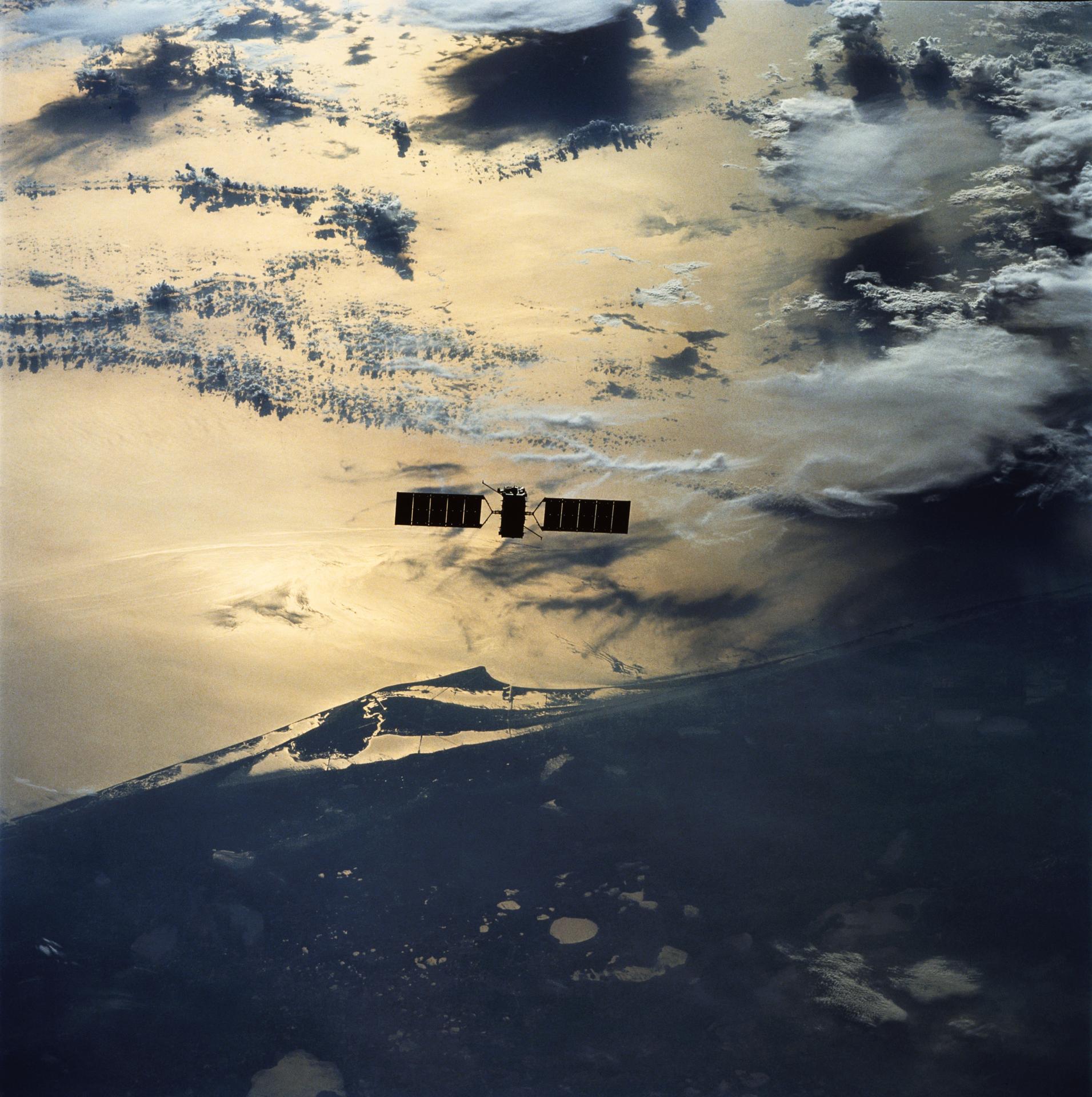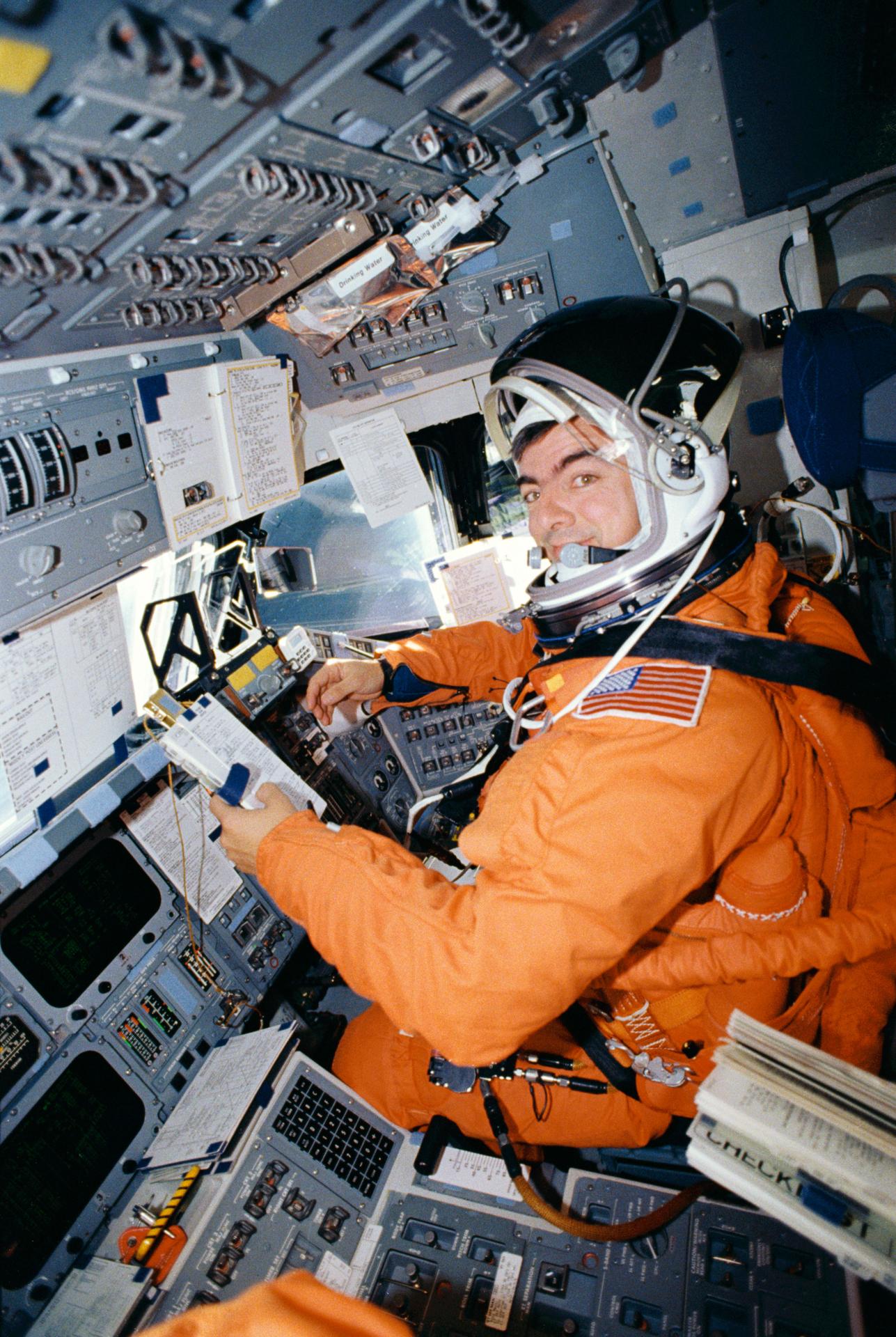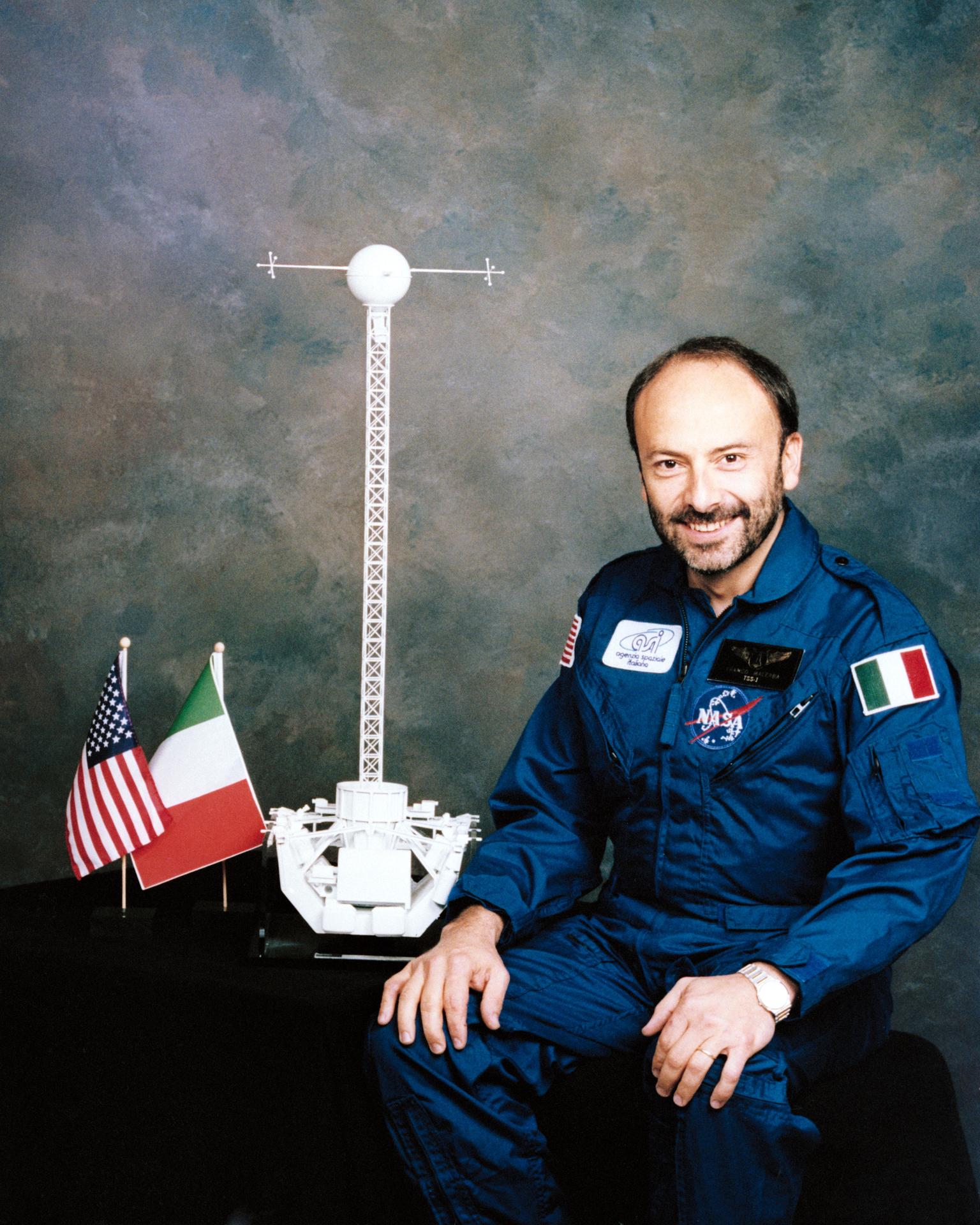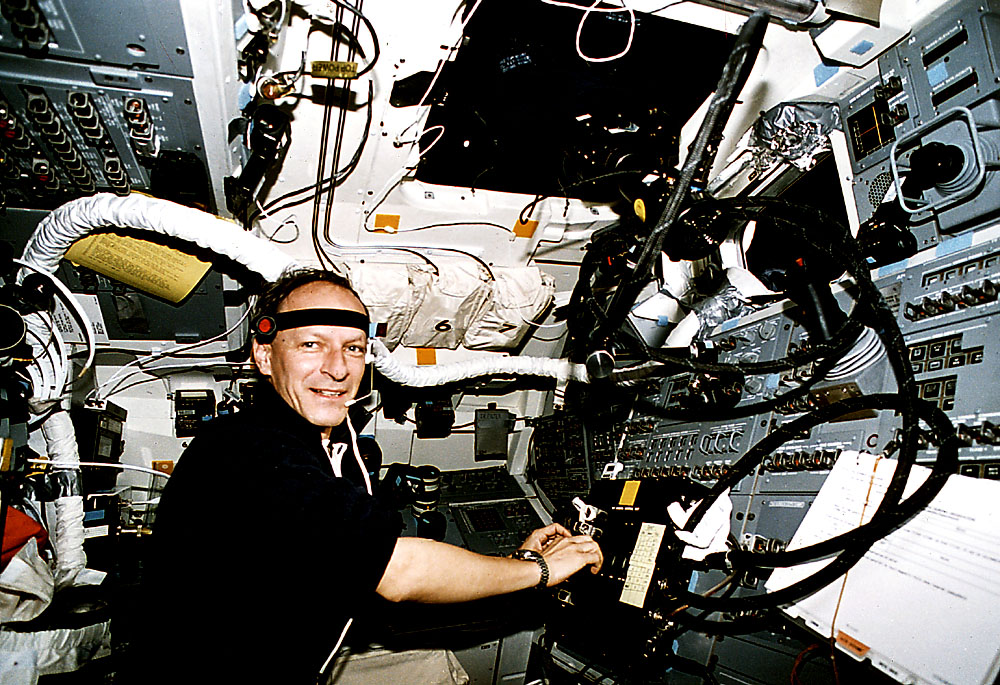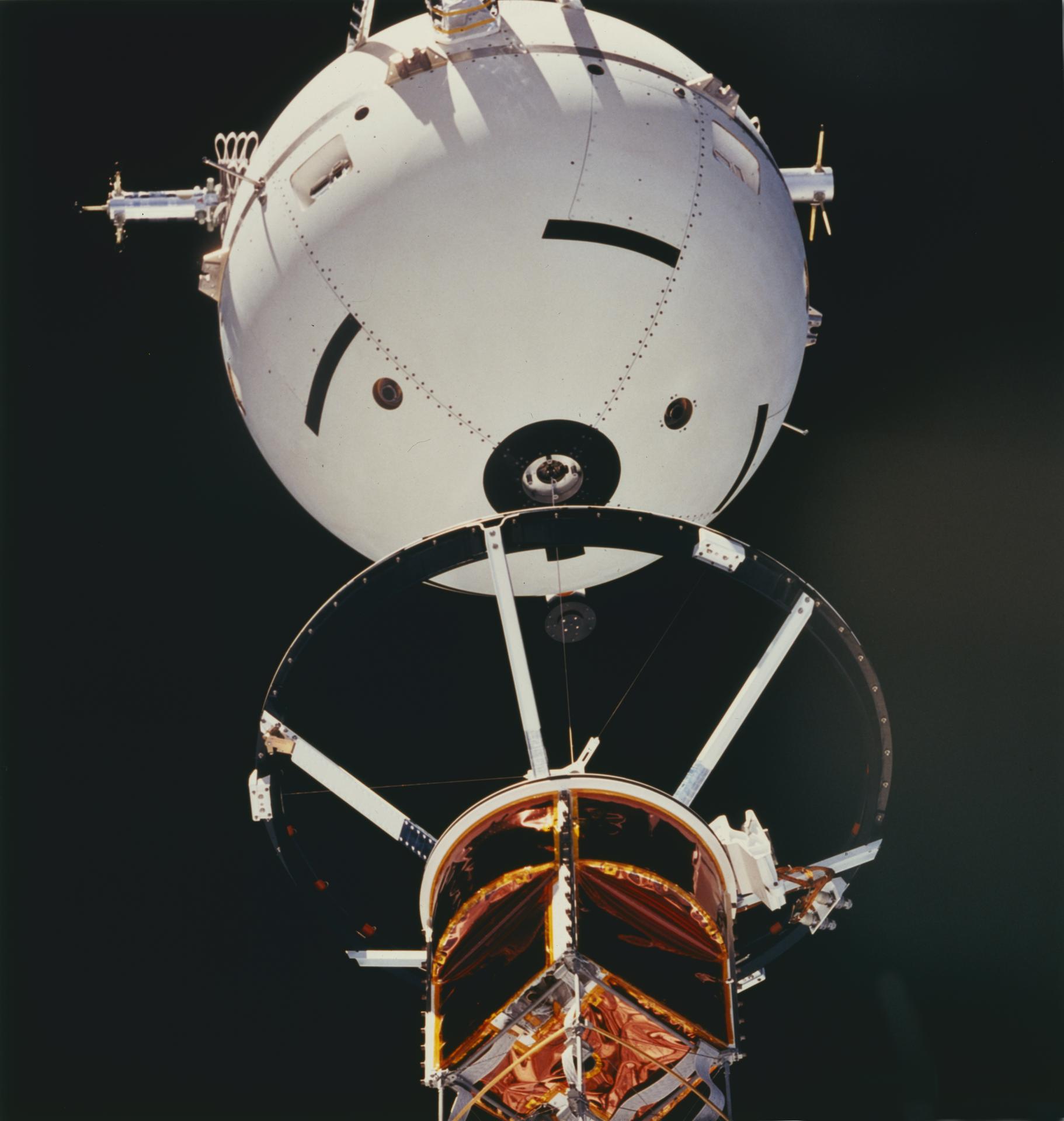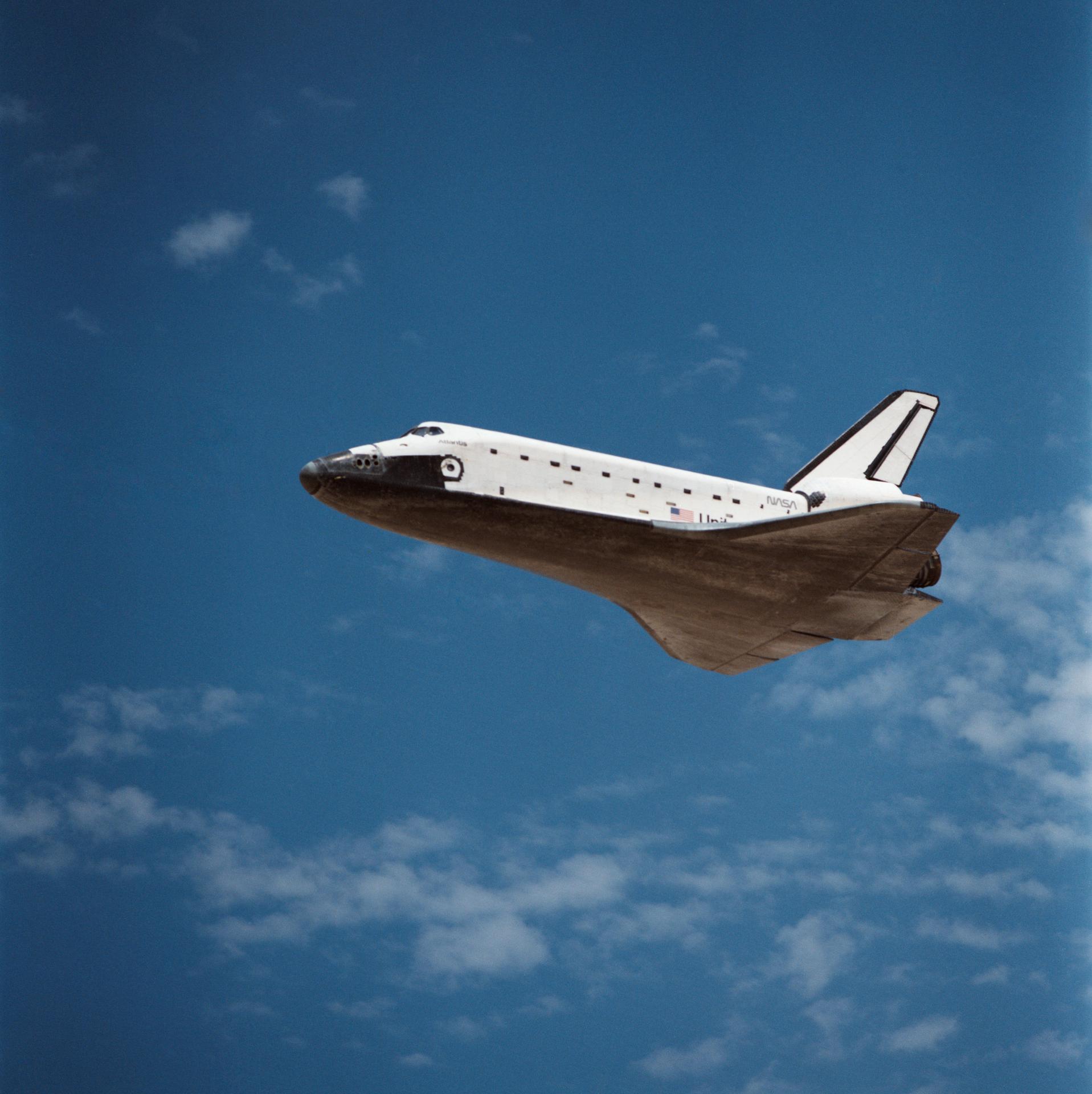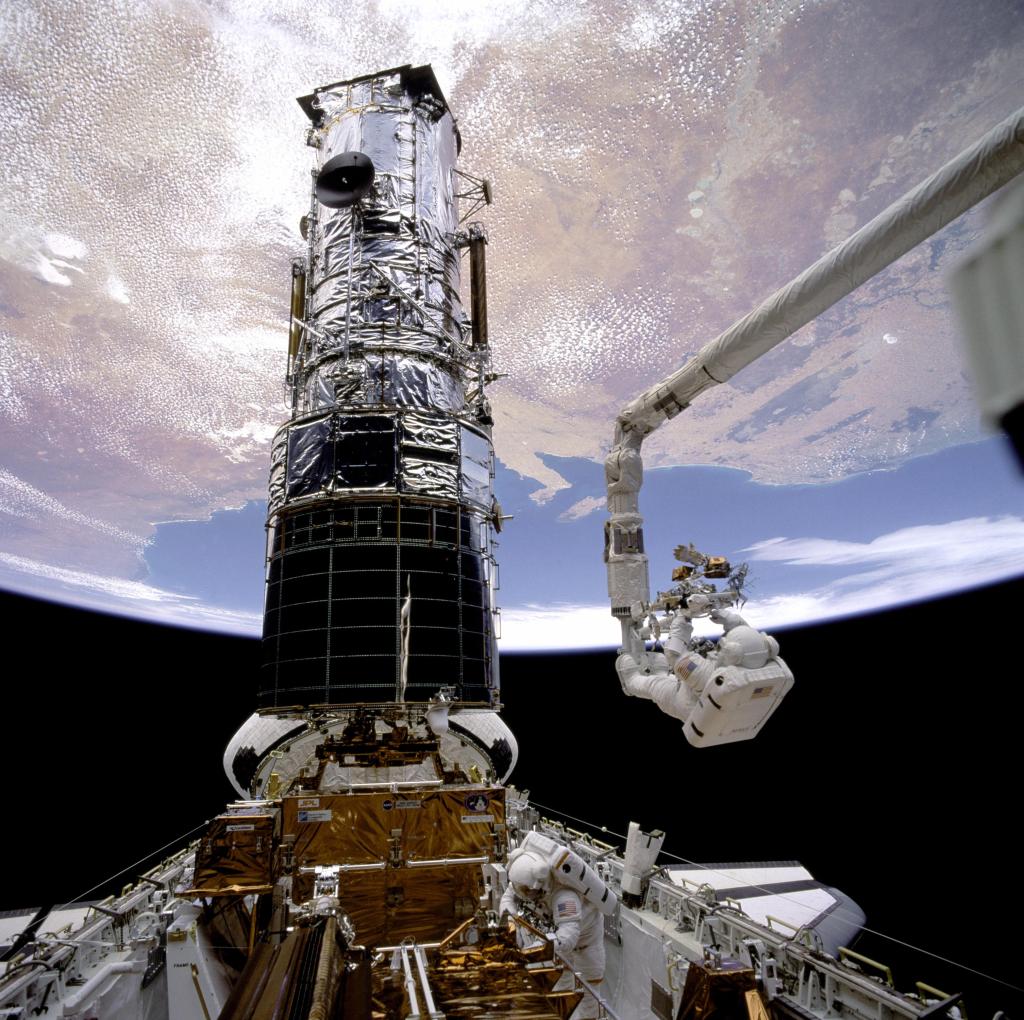
STS-46
The deployment of the European Space Agency's EuThe primary objective was deployment of the European Space Agency's European Retrievable Carrier (EURECA) and operation of the joint NASA/Italian Space Agency Tethered Satellite System (TSS). The mission was extended one day to complete the science objectives.ropean Retrievable Carrier (EURECA) and operation of the joint NASA/Italian Space Agency Tethered Satellite System (TSS).
orbiter
mission duration
Launch
Landing
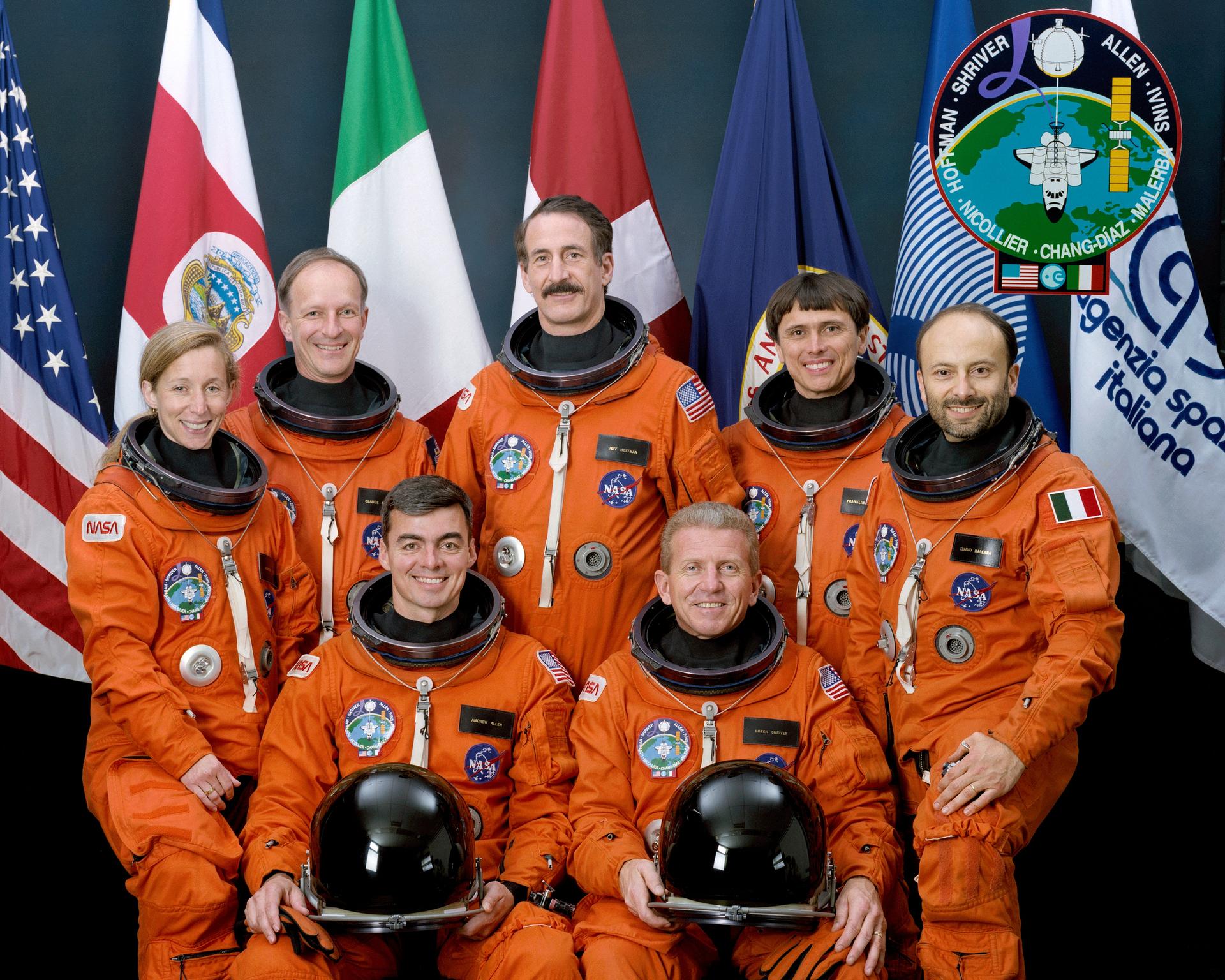
STS-46 Mission Facts
Mission: TSS-1; EURECA Deploy
Space Shuttle: Atlantis
Launch Pad: 39B
Launch Weight: 256,031 pounds
Launched: July 31, 1992, 9:56:48 a.m. EDT
Landing Site: Kennedy Space Center, Florida
Landing: August 8, 1992, 9:11:51 a.m. EDT
Landing Weight: 208,806 pounds
Runway: 33
Rollout Distance: 10,860 feet
Rollout Time: 66 seconds
Revolution: 127
Mission Duration: 7 days, 23 hours, 15 minutes, 3 seconds
Orbit Altitude: 230 nautical miles
Orbit Inclination: 28.45 degrees
Miles Traveled: 3.3 million
Crew
Loren J. Shriver, Commander
Andrew M. Allen, Pilot
Jeffrey A. Hoffman, Mission Specialist
Franklin R. Chang-Diaz, Mission Specialist
Claude Nicollier, Mission Specialist
Marsha S. Ivins, Mission Specialist
Franco Malerba, Payload Specialist
Mission Highlights
The primary objective was deployment of the European Space Agency’s European Retrievable Carrier (EURECA) and operation of the joint NASA/Italian Space Agency Tethered Satellite System (TSS). The mission was extended one day to complete the science objectives. EURECA deployed one day later than scheduled because of problem with its data handling system. After deployment, the spacecraft’s thrusters were fired to boost EURECA to its planned operating altitude of about 310 statute miles (499 kilometers). However, the thruster firing was cut to six minutes instead of the planned 24 minutes because of unexpected attitude data from EURECA. The problem resolved and EURECA was boosted to operational orbit on the sixth day of the mission. The payload was to be retrieved on STS-57 in 1993.
TSS deployment was also delayed one day because of EURECA. During TSS deployment, the satellite reached a maximum distance of only 840 feet (256 meters) from orbiter instead of planned 12.5 miles (20 kilometers) because of a jammed tether line. After numerous attempts over several days to free the tether, TSS operations were curtailed and satellite was stowed for return to Earth.
Secondary payloads were: Evaluation of Oxygen Integration with Materials/Thermal Management Processes (EOIM-III/TEMP 2A-3); Consortium for Materials Development in Space Complex Autonomous Payload (CONCAP II and CONCAP III); IMAX Cargo Bay Camera (ICBC); Limited Duration Space Environment Candidate Materials Exposure (LDCE); Air Force Maui Optical Site (AMOS); Pituitary Growth Hormone Cell Function (PHCF); and Ultraviolet Plume Instrument (UVPI).
STS-46
Shuttle News
Retired Space Shuttle Locations
Shuttle Atlantis – Kennedy Space Center Visitor Complex Shuttle Discovery – Steven F. Udvar-Hazy Center Shuttle Endeavour – California Science…
Read the Story



























